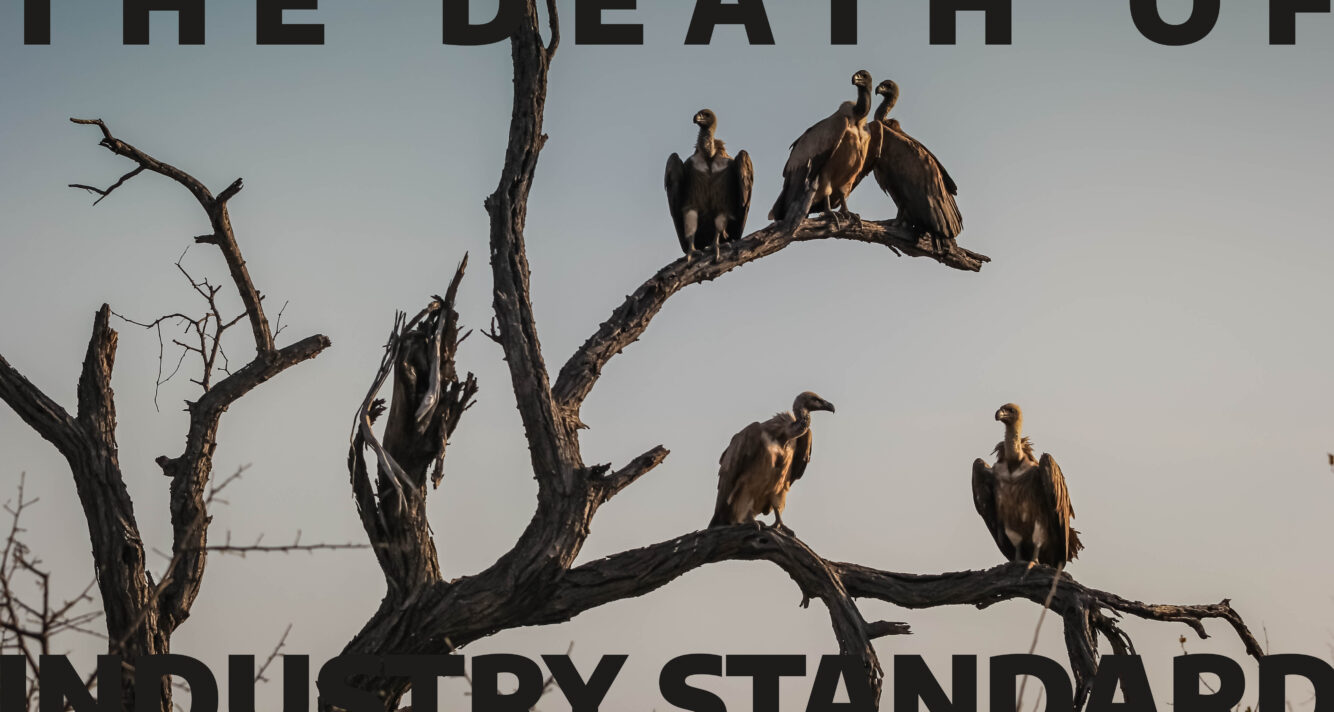Details available here: https://jeffkaiser.com/scholarship/article-the-death-of-industry-standard/
Citation:
Kaiser, Jeff. “The Death of ‘Industry Standard.’” Journal of the Audio Engineering Society, Conference, Breaking Barriers in Audio, May 2025. https://aes2.org/publications/elibrary-page/?id=22824.
Abstract
In this paper I propose that we as educators and engineers stop using the term “industry standard” to refer to specific digital audio workstations (DAWs). The term should be reserved for technical specifications (such as .wav files) that are shared by DAWs for saving data/work in DAW/platform agnostic formats.
For the past few decades, one particular audio software company has positioned itself as the “industry standard” through a combination of marketing and a vocal user-base. At its most benign, the term “industry standard” is used by corporate entities to demonstrate, maintain, or expand their market share. This is an important goal as seen in the recent acquisitions by venture capitalists of major media software companies.
At its worst, “industry standard” creates a conceptual framework that is used by companies and their user base to dismiss, shame, marginalize, mock, ridicule, exclude, and generally bully people who use one of the many other digital audio workstations (DAWs) that are not considered by these companies—and many of their users—as “industry standard.”
The above might sound overly dramatic to some, but pedagogically it becomes a question of diversity, equity, and inclusion in—and out—of the classroom and studio environment. What about students using inexpensive, free, or open-source platforms? Are they made to feel “less” by their use of a platform that is not “industry standard?” Does such treatment motivate students to use hacked commercial software? How do we encourage creative and technological work both at school studios, and away from school studios, in a way that includes students who are unable to afford access at home to “industry standard” DAWs and their required hardware?
Drawing from modern pedagogical studies, long-tail economics, and the history of select contemporary DAWs, I use examples from social media, popular magazines, and professional organizations to support my arguments, which are rooted in my experience in the classroom and recording studios.
